E-commerce Growth
The rapid expansion of e-commerce in the US is reshaping the wine cork market. With more consumers opting to purchase wine online, the demand for reliable and effective cork closures has intensified. E-commerce platforms often emphasize the importance of product quality, including packaging, which directly impacts the choice of corks used. Data suggests that online wine sales have increased by 20% over the past year, highlighting a shift in consumer purchasing behavior. This trend necessitates that cork manufacturers enhance their distribution strategies to cater to the growing online market. Additionally, the wine cork market must ensure that corks are not only functional but also visually appealing, as online consumers are influenced by product presentation.
Rising Wine Consumption
The increasing popularity of wine consumption in the US is a pivotal driver for the wine cork market. Recent data indicates that wine consumption has risen by approximately 3% annually, reflecting a growing appreciation for wine among consumers. This trend is particularly pronounced among millennials and Gen Z, who are more inclined to explore diverse wine varieties. As wine sales surge, the demand for quality corks, which are essential for preserving wine integrity, is likely to follow suit. The wine cork market must adapt to this rising consumption by ensuring a steady supply of high-quality corks that meet the evolving preferences of wine enthusiasts. Furthermore, the growth in wine tourism and tasting events contributes to this trend, as consumers seek authentic experiences that often involve cork-sealed bottles.
Environmental Regulations
The wine cork market is increasingly influenced by environmental regulations aimed at promoting sustainability. As the US government implements stricter guidelines on packaging materials, wine producers are compelled to consider eco-friendly options. Cork, being a natural and renewable resource, aligns well with these regulations, potentially boosting its appeal. The market for sustainable packaging solutions is projected to grow by 8% annually, indicating a shift in consumer preferences towards environmentally responsible products. This regulatory landscape encourages cork producers to adopt sustainable harvesting practices and invest in certifications that highlight their commitment to environmental stewardship. Consequently, the wine cork market may experience growth as producers seek to comply with these regulations while appealing to eco-conscious consumers.
Innovation in Cork Production
Innovation within the cork production process is a crucial driver for the wine cork market. Advances in technology have led to the development of new techniques that enhance the quality and consistency of cork products. For instance, the introduction of advanced sorting and processing technologies has improved the efficiency of cork production, reducing waste and ensuring higher quality standards. This innovation is vital as the market increasingly demands corks that provide optimal sealing and aging conditions for wines. Furthermore, the wine cork market is likely to benefit from research into alternative cork materials that mimic traditional cork properties while offering enhanced performance. As producers invest in these innovations, they may capture a larger share of the market by meeting the evolving needs of winemakers.
Shift Towards Premium Products
There is a noticeable shift towards premium and artisanal wines in the US, which significantly impacts the wine cork market. As consumers become more discerning, they are willing to pay a premium for high-quality wines, often packaged with superior cork closures. This trend is evidenced by a reported increase in sales of wines priced above $15 per bottle, which has grown by 5% over the past year. The wine cork market must respond to this demand by providing corks that not only enhance the wine's flavor but also align with the premium branding of these products. Additionally, the association of cork closures with quality and tradition further solidifies their position in the premium segment, making it essential for producers to invest in high-grade cork materials.


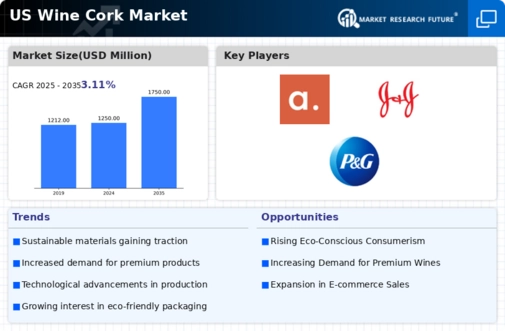
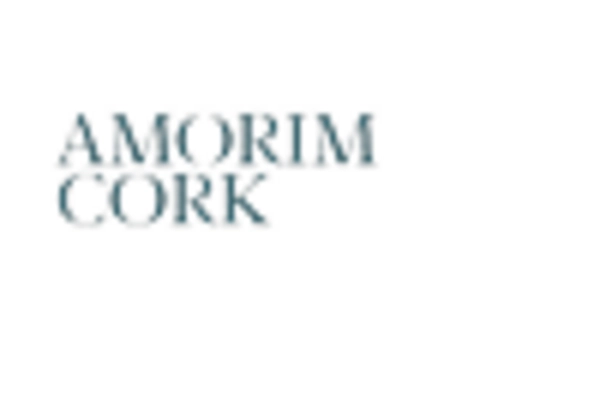
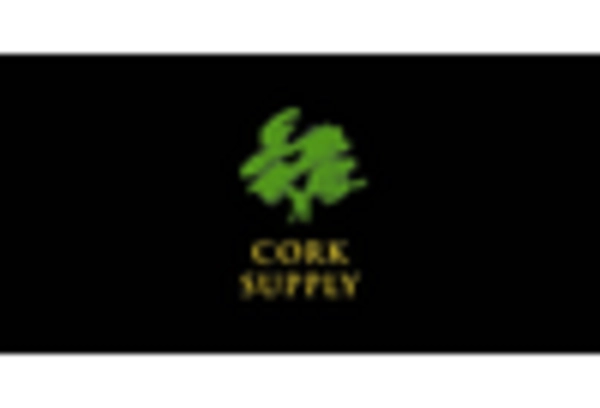
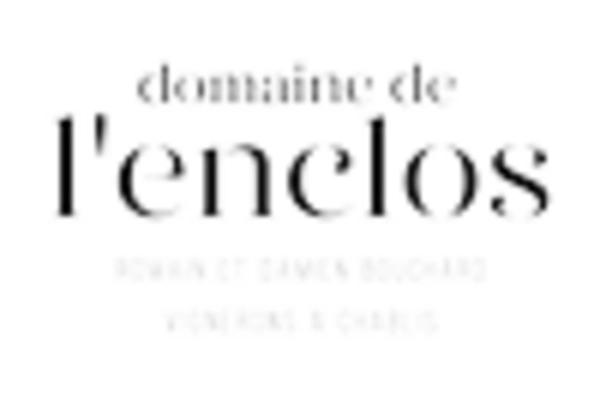


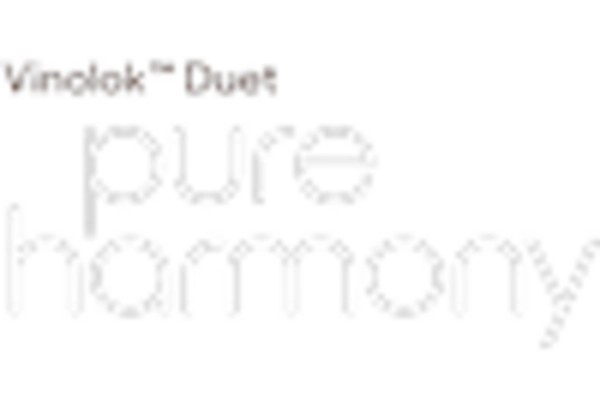








Leave a Comment